


Agile software development: everything you need to know
In an ever-changing technological landscape, agile software development is an essential methodology. Born in 2001, this paradigm is revolutionizing software development by overcoming traditional limitations and transforming delivery. Agile development is not simply a method; it's a philosophy that favours flexibility, collaboration and swift reaction to change. It's an iterative, customer-centric approach that radically transforms the software creation process.
In the following paragraphs, we'll take a closer look at agile software development, see its strengths and challenges, and understand why it's so widespread and effective today with the evolution of digital technology.
Key points to remember
- Agility is both a philosophy and a work methodology.
- The Agile method emphasizes a flexible, adaptive approach to software development.
- It differs from traditional methods, such as the waterfall model, in its ability to respond quickly to market changes.
- This approach is efficient in digital transformation projects, adapting to companies with a fast-moving environment.
What is agile software development?
Agile software development is a work philosophy and a method based on collaboration, iteration and flexibility. Born in response to the limitations of traditional development methods, such as the waterfall model, agility was formalized in 2001 by a group of seventeen people in the "Agile Manifesto". This founding document outlines the fundamental values of this approach, which include close collaboration with the customer, responsiveness to change and a focus on the continuous delivery of feature-rich software solutions.
As a method, agile also translates into concrete practices and project management frameworks, such as Scrum and Kanban, which provide structures for applying these principles to software development. It is also characterized by iterative and incremental development, adaptive planning, continuous delivery, continuous integration, automated testing and more.
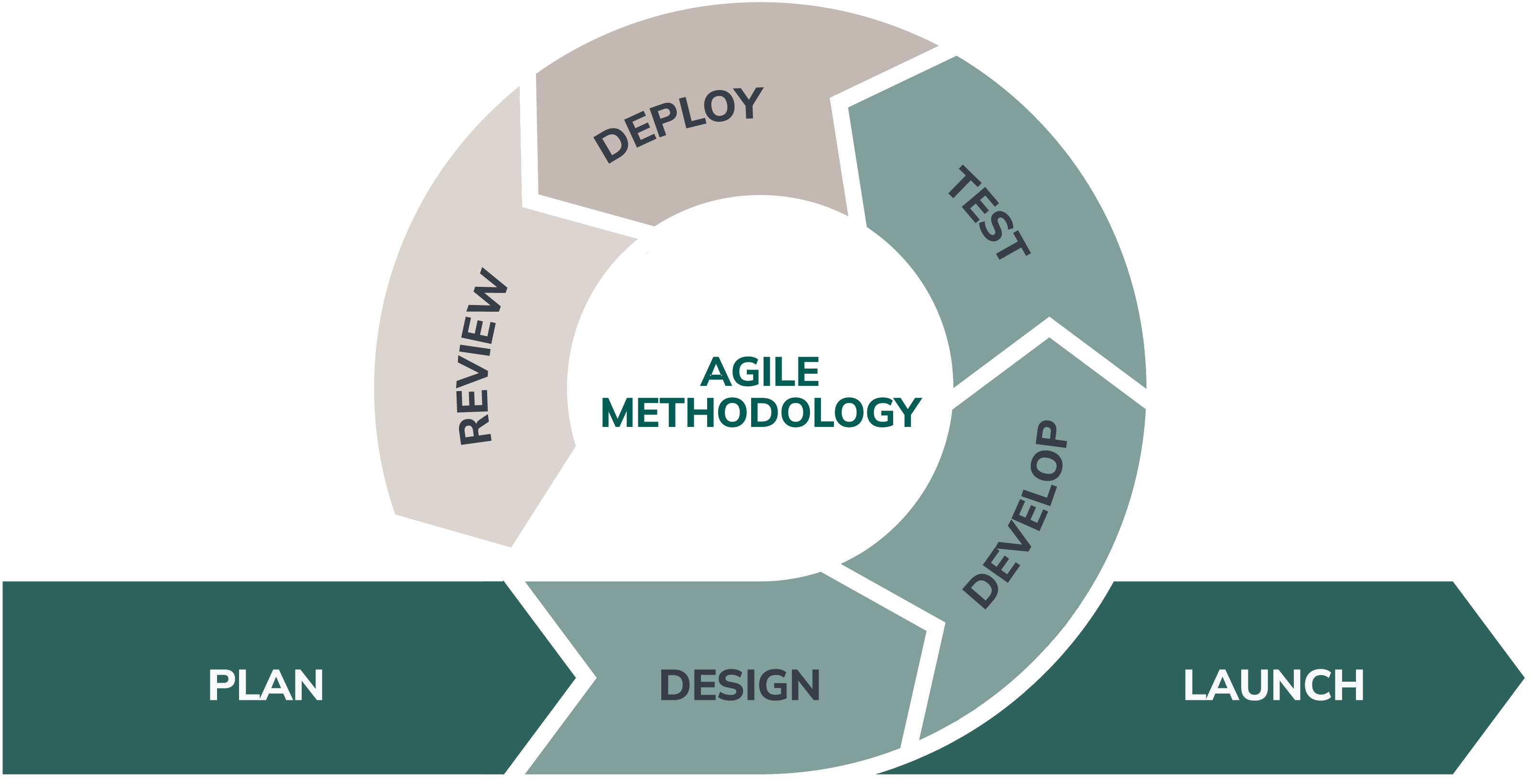
Agile vs. waterfall model
Agile software development is quite distinct from the waterfall model, a more traditional, linear method. Unlike the waterfall approach, which requires the completion of each project phase before proceeding to the next, agile development adopts an iterative approach. This allows greater flexibility and the ability to adapt to changes during the project. Agile offers a more dynamic and responsive framework, crucial for constantly evolving digital projects, while the waterfall method is better suited for projects with well-defined requirements.
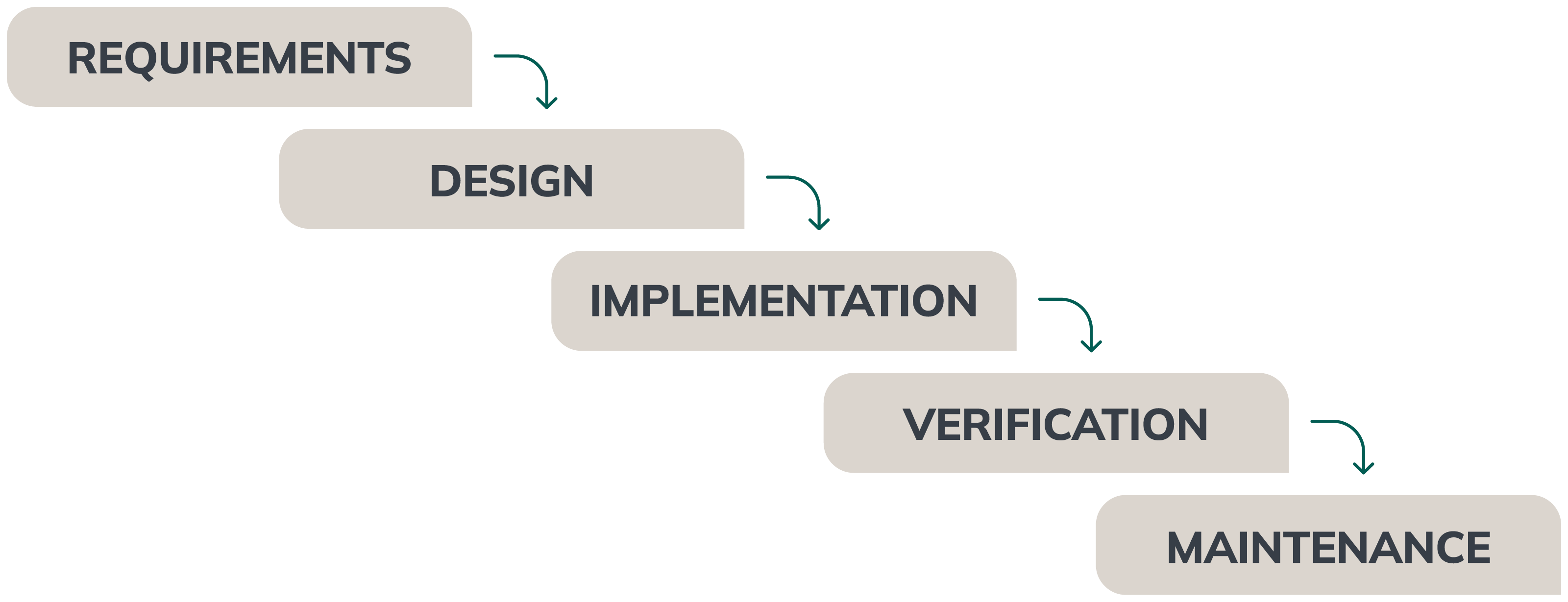
Waterfall model
The popularity of agile development in digital transformation
In a world where digital transformation is necessary, agile software development has proven to be a significant asset. It enables companies to adapt quickly to changing markets and technologies. Agility is particularly relevant for companies facing competition from innovative start-ups or the challenges imposed by global events such as pandemics. It encourages rapid testing, development of new business models, innovation and accelerated time-to-market for software products.
The positive impact of agile development on companies
Various statistics and studies demonstrate agile's effectiveness in software development and business operations. Here are a few highlights from techreport.com.
Project success rate | According to Agile Connection, companies using the Agile methodology achieve an impressive success rate of 64% per project, surpassing the 49% success rate attributed to the traditional waterfall method.
Team productivity | On average, Teams using the Agile approach are 25% more productive than non-agile teams. Other studies support this idea, showing that agile teams have a 250% improved quality compared to their non-agile counterparts.
Agile project failure rate | Only 9% of agile projects fail to improve profitability, while 27% break even.
Quality of life improvement | 88% of international specialists believe that Agile methodology improves the quality of life. Implementing the Agile philosophy brings many benefits, including improved working environment and collaboration.
Revenue growth | Using the Agile method can result in a significant 60% increase in revenue. This impressive figure is a strong incentive for undecided companies to try agile.
Widespread adoption of agility | Around 71% of companies use some form of Agile methodology. This shows that many companies are familiar with Agile and have tried it to some extent.
Business benefits | 98% of companies using the Agile methodology have seen its benefits, and this effectiveness remains constant, whether agility is adopted on a large scale or within specific departments.
Increased profits | Nearly 60% of companies see an increase when they deploy Agile methodology in their decision-making. Companies that don't see profit improvements often use agile inconsistently, making it difficult to achieve consistent profit improvements.
These figures demonstrate the positive impact of adopting agile practices on business performance, including project success, productivity, and revenue growth.
Key features of agile development
A collaborative approach characterizes agile software development. It incorporates various frameworks, such as Lean, Kanban, and Scrum. Each framework has its own specificities, but they all share a common commitment to rapid iteration, close collaboration, and flexibility.
The difference between DevOps methodology and agile development
Agile development and DevOps methodology are complementary but distinct approaches to software development and IT operations.
Agile development | Agile is a software development methodology emphasizing quick iteration, flexibility, close collaboration between development and stakeholders, and responsiveness to change. It's a customer-focused approach to producing high-quality software efficiently.
DevOps | DevOps, a contraction of "Development" and "Operations", focuses on improving collaboration and communication between software development teams and IT operations. The aim is to shorten the software development lifecycle, increase deployment frequency and guarantee the quality and stability of software in production. The DevOps methodology encompasses practices such as continuous integration, delivery, and monitoring. However, it would be simplistic to think of DevOps only in terms of tools. It's also an approach with its own principles and values, just like the Agile Manifesto.
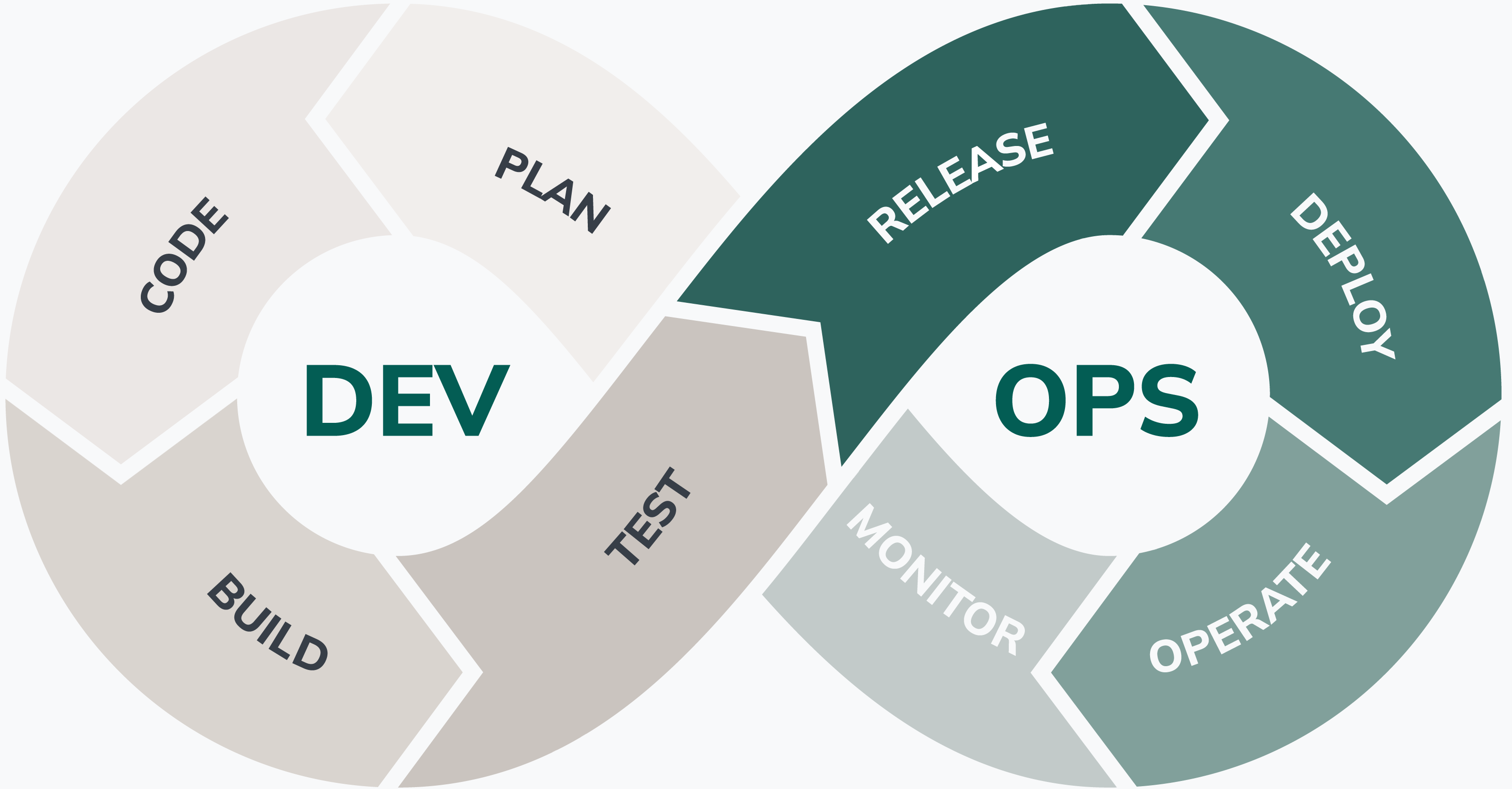
Agile focuses on software development, while DevOps concentrates on software deployment, management, and support after development. These two approaches complement each other and are essential to improving efficiency and quality in the software development lifecycle (SDLC).
Challenges of agile development
Although agile development offers flexibility, creativity, and fast delivery, it requires multidisciplinary skills and good communication between teams and individuals. To overcome these challenges, a strong engineering culture is paramount. This culture must foster open communication, continuous learning, and knowledge sharing. It encourages teams to collaborate effectively, exchange ideas and skills, and adapt quickly to change. Such an agile engineering environment facilitates the resolution of complex problems and improves the quality of software product development.
FAQ
What are the fundamental principles of agility? Customer-centric decision-making, teamwork, transparency and measurable objectives.
How do we introduce agility into the workplace? By training and involving people, promoting trust and sharing responsibility.
How does Scrum work in agile development? Scrum is a framework that development teams use to self-organize and work towards a common goal. It describes a set of meetings, tools and roles for efficient project execution. Like a sports team training for a big game, Scrum practices enable teams to self-manage, learn from experience and adapt to change. Roles include Scrum Master, Product Owner (PO), Subject Matter Expert, Business Owner and development team.
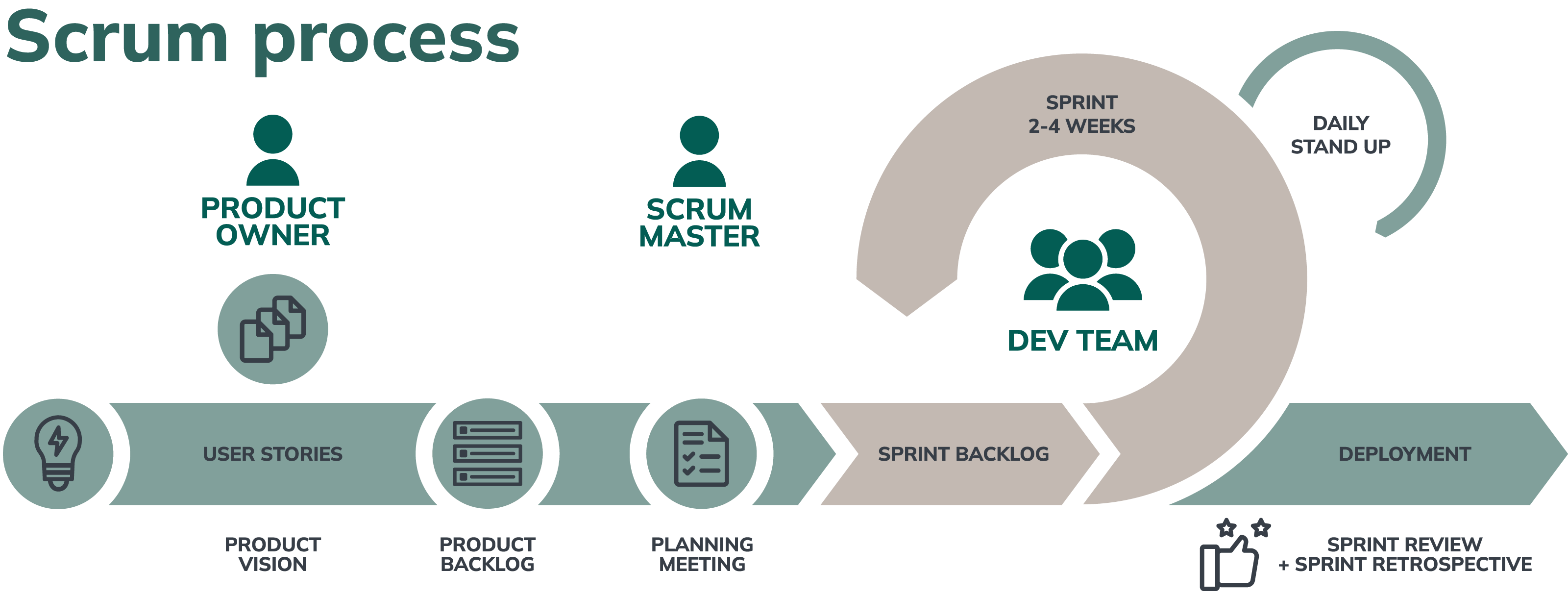
How does Kanban work in agile development? Kanban is a method for designing, managing and improving workflow systems in the knowledge industry. This approach balances demands with available capacity, improving bottleneck handling. Work items are visually represented on a Kanban board, enabling team members to know the status of each item at all times.
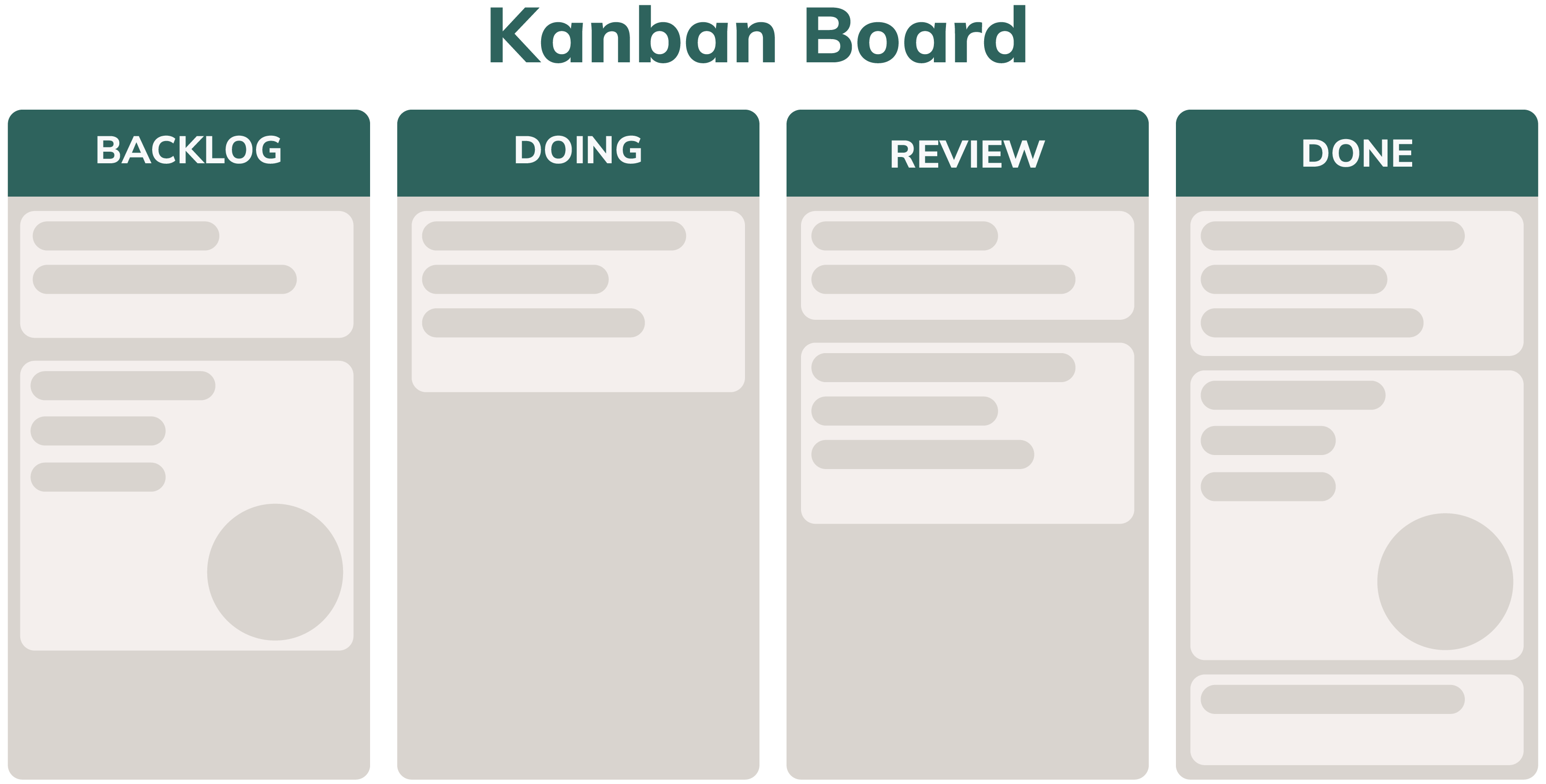
In conclusion
Agile software development represents a significant evolution in technology. Its cornerstones—agility, cooperation, and instant adaptation—offer a powerful tool for mastering the ever-changing digital landscape. As companies continue to adjust to a post-COVID world, agility remains an essential pillar for success and innovation in software development. Are you looking for ways to make your software development teams more agile? Contact us to learn more about how we can help you achieve your goals.
Et si votre projet était subventionné?
Vous pourriez financer jusqu'à 50% de votre projet d'intelligence artificielle grâce aux programmes de subventions.


Continue reading
Predictability: 10 Years of Evolution in Agile Estimation

-1.png)
